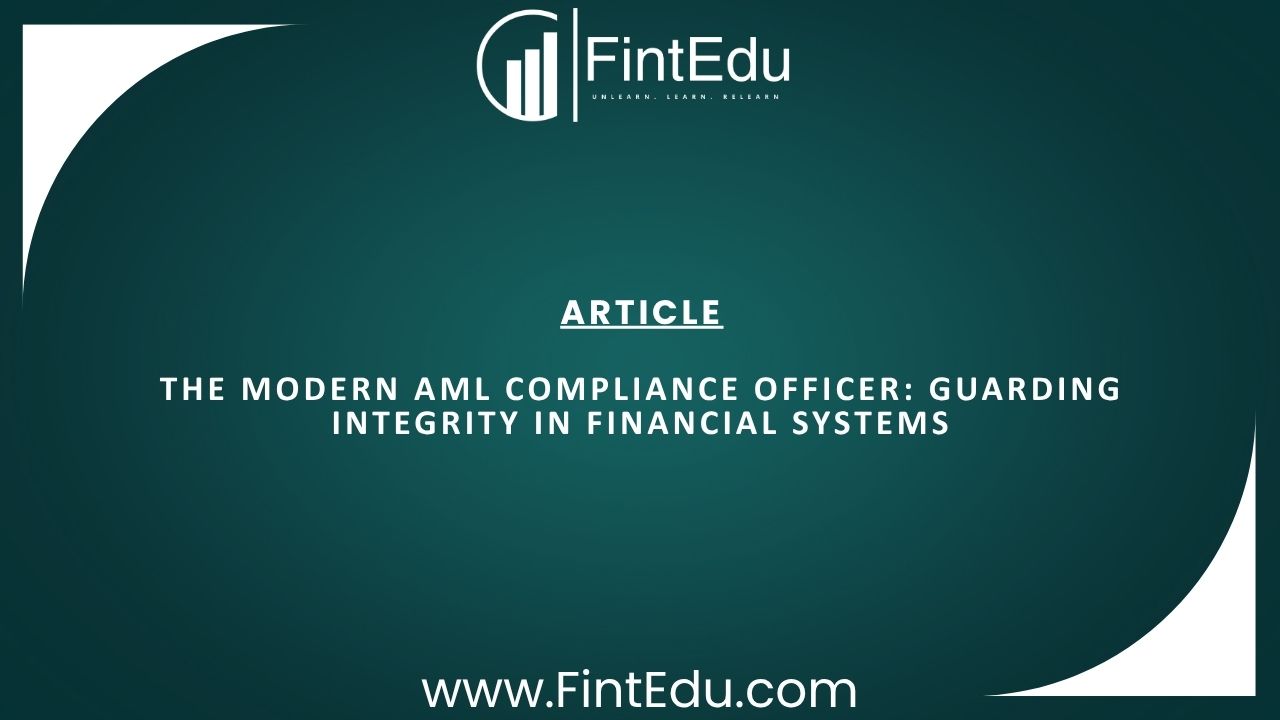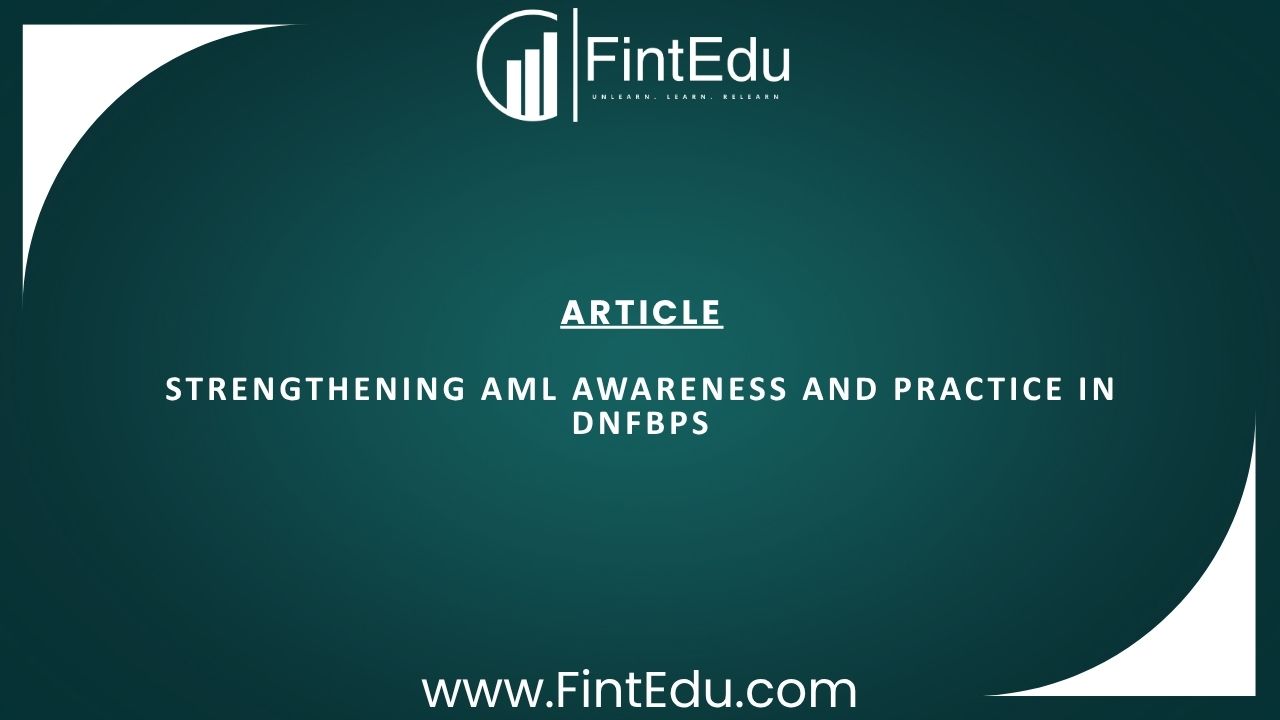In recent years, the UAE’s regulatory landscape has undergone a quiet but powerful shift, particularly for Designated Non-Financial Businesses and Professions (DNFBPs). This group, once considered peripheral to financial crime risks, now sits at the heart of national AML strategy. The expectations placed on them are evolving rapidly, matching the global trajectory toward more responsibility, more scrutiny, and more accountability.
Yet when you speak to real practitioners consultants, compliance officers, auditors, small-business owners you hear a common sentiment: “We know we must comply, but clarity and practicality matter.” This article aims to unpack that clarity, going deeper than checklists to explore what high-quality AML practice looks like in real operations.
A Shift From Formality to Functionality
Historically, many DNFBPs treated AML as a formality, drafting policies once, delivering training annually, and performing risk assessments only to satisfy a requirement. Regulators now expect something fundamentally different—an active, living, and applied compliance culture.
This means risk assessments must influence business decisions, client screening must be integrated into onboarding flows, transaction monitoring should reflect the actual business model, and staff need to understand why AML matters, not just what the law says. This transition from shelf-compliance to operational compliance is the true hallmark of maturity.
Risk: The Core Metric Regulators Examine First
Regulatory authorities consistently highlight the importance of risk-based approaches. DNFBPs often interpret this narrowly, viewing risk assessment as a one-time exercise. In practice, a strong risk culture requires dynamic risk mapping, transparent documentation of reasoning, and internal ownership to ensure long-term sustainability.
Reference: UAE Ministry of Economy AML Guidance for DNFBPs (2021–2024 updates)
CDD is No Longer “Collect and File.” It Is “Understand and Evaluate.”
Customer Due Diligence (CDD) is the area where many DNFBPs struggle most. The challenge isn’t gathering documents it’s interpreting what they mean. High-quality CDD answers questions about whether the customer’s activity makes sense, identifies inconsistencies, evaluates beneficial ownership structures, and detects patterns designed to obscure control. Approaching CDD like investigative journalism methodical, curious, evidence-based naturally meets regulatory expectations.
Monitoring: The Forgotten Pillar That Regulators Notice Immediately
Many DNFBPs assume that because they don’t process transactions like banks, robust monitoring isn’t needed. Regulators emphasize that monitoring is expected wherever a service is ongoing. Effective monitoring includes trigger-based reviews, periodic KYC refreshes for long-term clients, and red-flag indicators customized for the business model. Technology can assist, but only human judgment can contextualize.
SAR/STR Filing: Precision Over Frequency
Suspicious Activity Reports (SARs/STRs) determine whether a business contributes effectively to the national AML ecosystem. High-quality reporting demands timeliness, specificity, evidence-based reasoning, and clear internal escalation pathways. Staff must know who to contact and when to ensure accurate, actionable reporting.
Reference: UAE Financial Intelligence Unit (FIU) Public Guidance Notes on Suspicious Transaction Reporting
A Culture of Compliance is the Most Powerful Deterrent
Rules change, guidance evolves, and technology upgrades, but culture daily behavior, leadership tone, and communication style determines whether compliance thrives. Practical ways DNFBPs can cultivate a compliance culture include leaders speaking openly about responsibilities, team reviews of real anonymized case studies, recognition for identifying risks, performance metrics tied to compliance, and onboarding programs explaining why AML matters, not just what must be done.
A DNFBP with a strong culture often outperforms one with advanced tools but weak engagement.
The Direction Is Clear: Smarter, Not Just Stricter
For DNFBPs, the message from regulators is not simply “comply more.” It is: Understand your risks, document your reasoning, and reflect your understanding in real operations. This approach aligns the UAE with global AML transformation trends, prioritizing intelligence over paperwork, proportionality over rigidity, and quality over quantity. DNFBPs that embrace this approach safeguard themselves and build resilience, credibility, and long-term trust.
Disclaimer: Content posted is for informational and knowledge sharing purposes only, and is not intended to be a substitute for professional advice related to tax, finance or accounting. The view/interpretation of the publisher is based on the available Law, guidelines and information. Each reader should take due professional care before you act after reading the contents of that article/post. No warranty whatsoever is made that any of the articles are accurate and is not intended to provide, and should not be relied on for tax or accounting advice.Contributor
Related Posts

Anti-Money Laundering (AML) in the UAE is a core component of the country’s financial and economic...
Read More
In an era where financial transactions occur at the speed of light, the role of an Anti-Money Launde...
Read More
@@PLUGINFILE@@/ttsmaker-file-2025-11-13-12-36-37.mp3Listen to this ArticleIn today’s business envi...
Read More